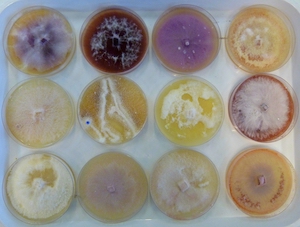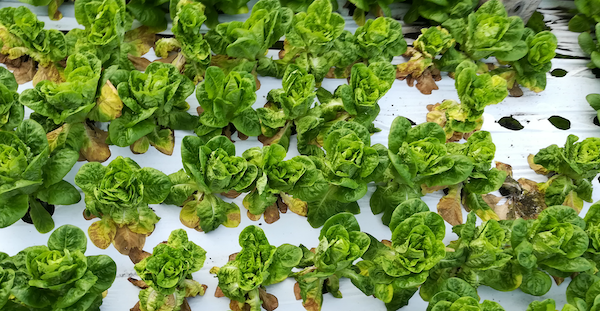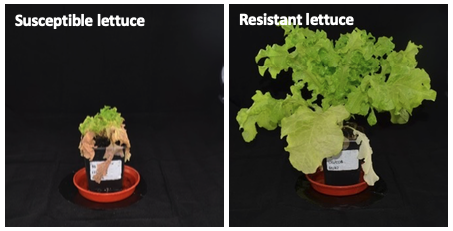The arms race between plants and fungi
| The Food and Agriculture Organisation (FAO) of the United Nations have declared 2020 as the International Year of Plant HealthLink opens in a new window (IYPH) and have called for organisations to raise global awareness on how protecting plant health can help end hunger, reduce poverty, protect the environment, and boost economic development. Much of the research in the School of Life Sciences is aimed at improving crop productivity and combating pests and diseases while conserving the environment in order to feed an increasing population. In this series of articles we highlight just some of the work related to IYPH2020. |

|
Fungi can be good or bad for plants
There are around 400,000 species of plants on earth and it is likely that every single one is affected by disease caused by some kind of pathogenic fungus. However, only approx. 8000 of the 140,000 species of fungi are documented to be detrimental to plants, with some affecting just one species while others affect 100s. Most fungi are therefore harmless, and many are beneficial, for instance breaking down dead plant material to release nutrients into the soil or living symbiotically with plants and helping them to gain nutrients directly.
Plants and pathogenic fungi are in an arms race
Plants defend themselves from pathogenic fungi in many ways and have evolved mechanisms to identify their attackers and prevent infection. However, some of these have been lost as we have domesticated and selected crop plants over 100s of years. To address this, plant breeders have to find sources of resistance often from related wild species and incorporate this trait into new crop varieties, a process that can take decades. However, some fungi have also evolved to overcome this resistance which results in the emergence of new ‘races’. Crop breeders then have to find another source of resistance and, in many cases, this cycle has continued, resulting in an evolutionary arms race between plants and pathogens.

Solving the problem of a new fungal race affecting lettuce
Lettuce is an important crop worldwide and is valued as part of a healthy diet. Recently however, a new race of the soilborne pathogen Fusarium oxysporum has emerged, which is affecting growers in the UK, causing lettuce plants to wilt and die. This new ‘race 4’ has overcome the resistant lettuce varieties that were previously bred to combat Fusarium wilt disease.

To solve this problem, we have identified multiple sources of resistance to this new race in old lettuce varieties and related wild species sourced from the UK Vegetable Genebank at Warwick. We aim to breed some of the associated resistance genes into new lettuce varieties at the same time which should reduce the likelihood of further new Fusarium races emerging and help ensure that we can produce lettuce for many years to come.

